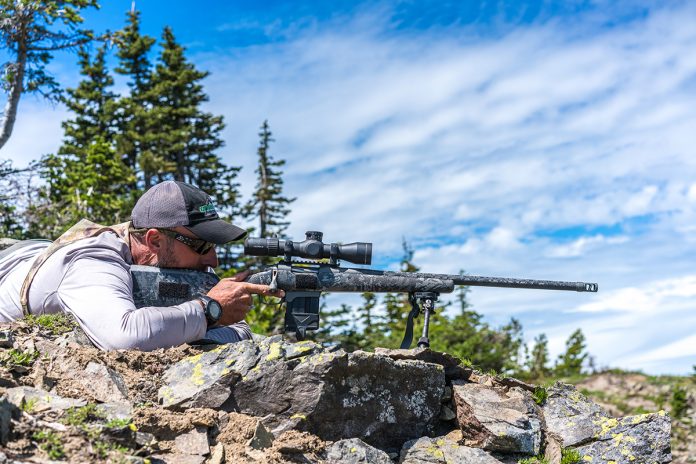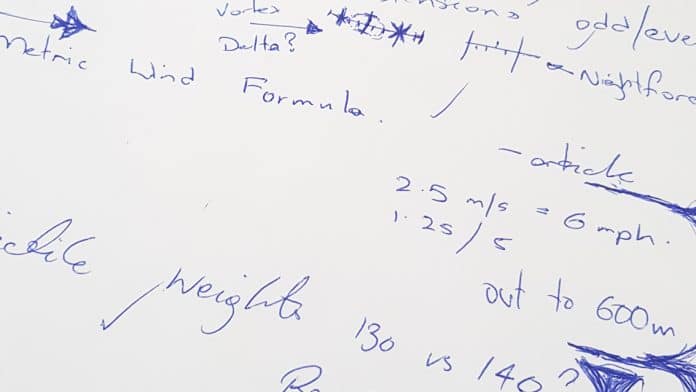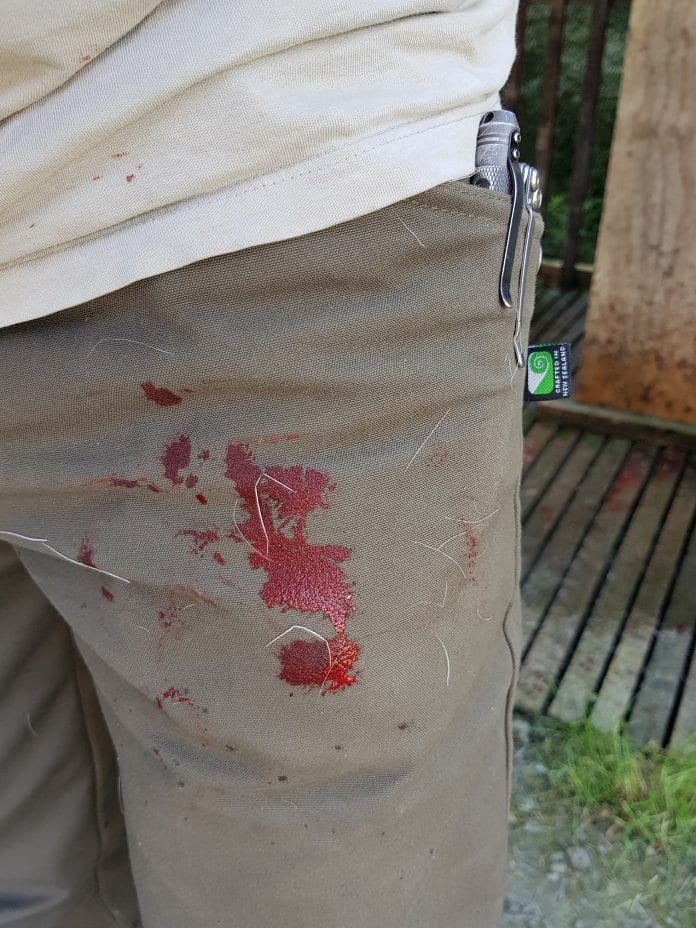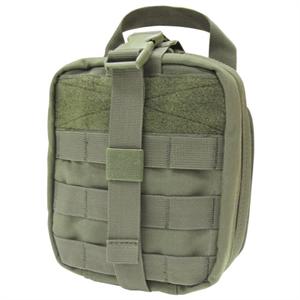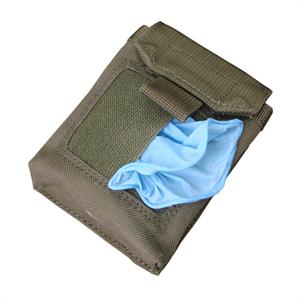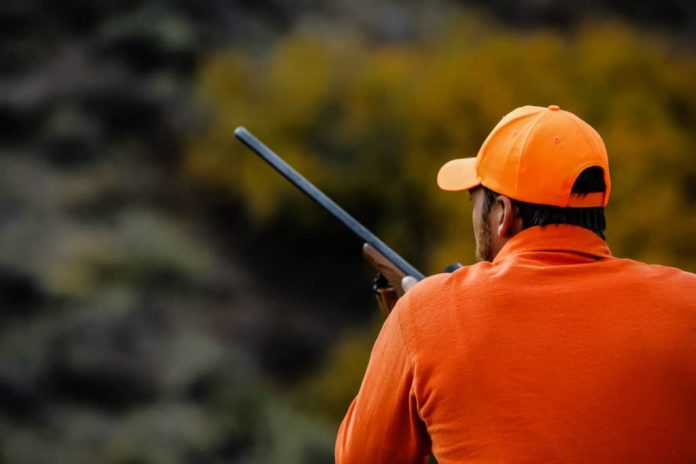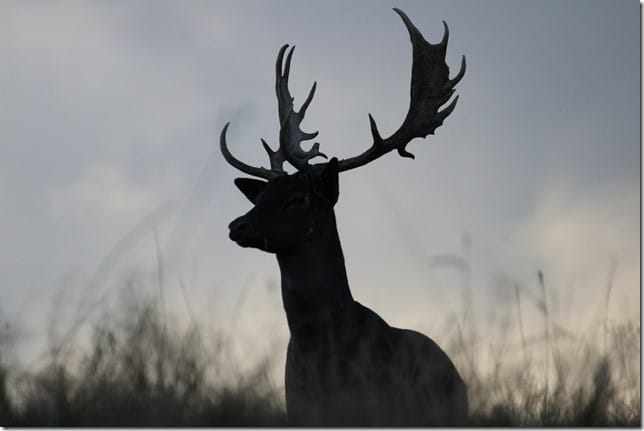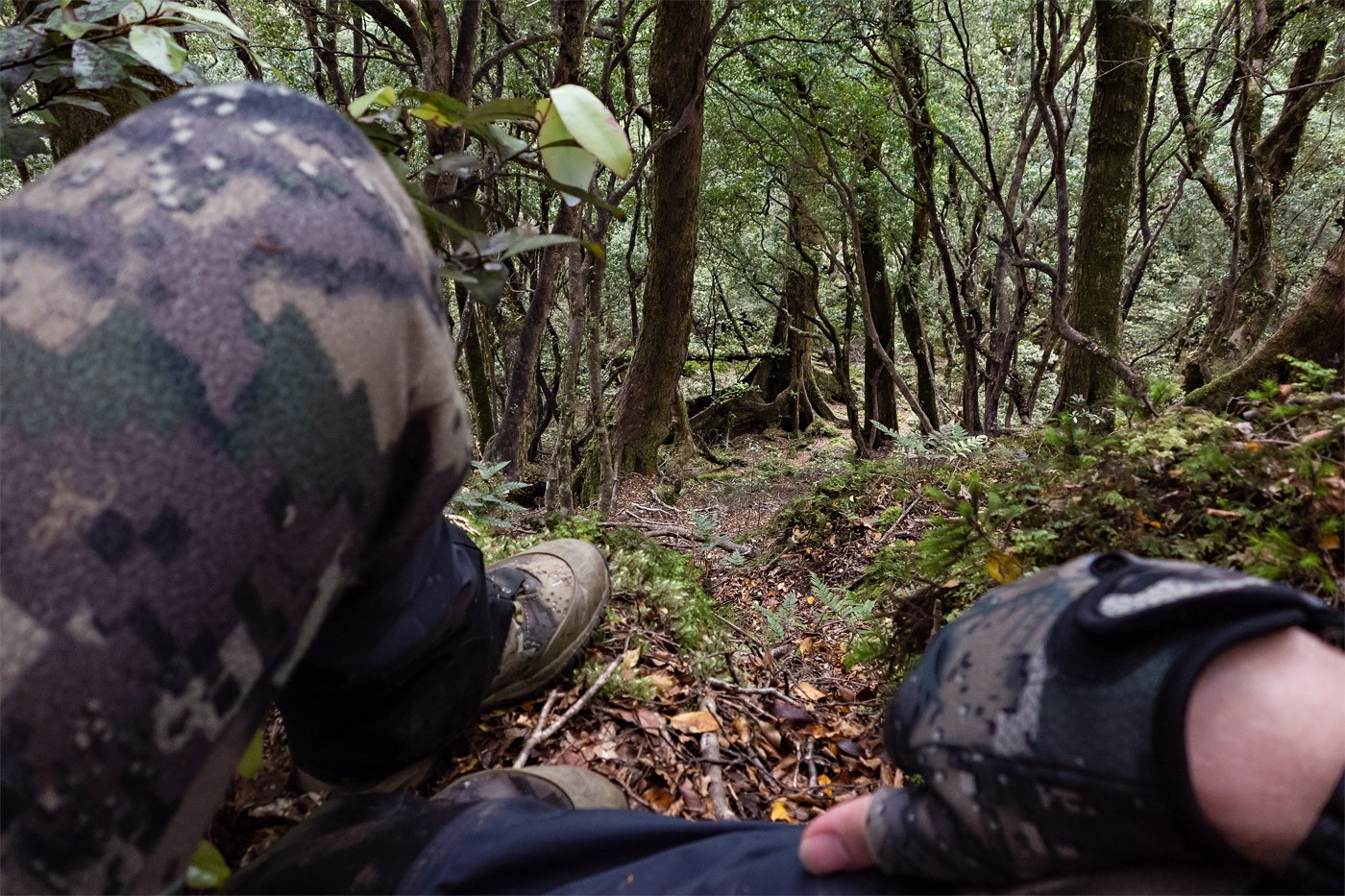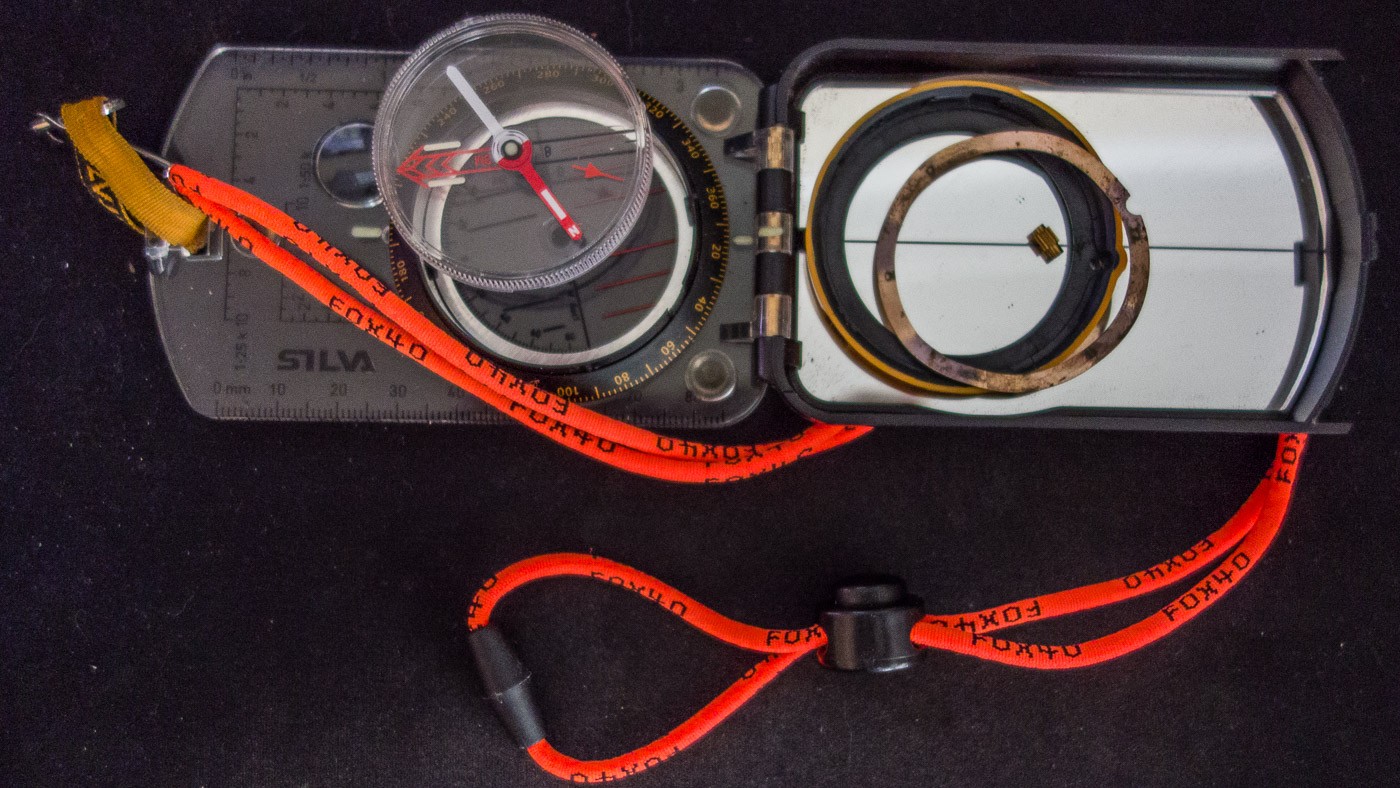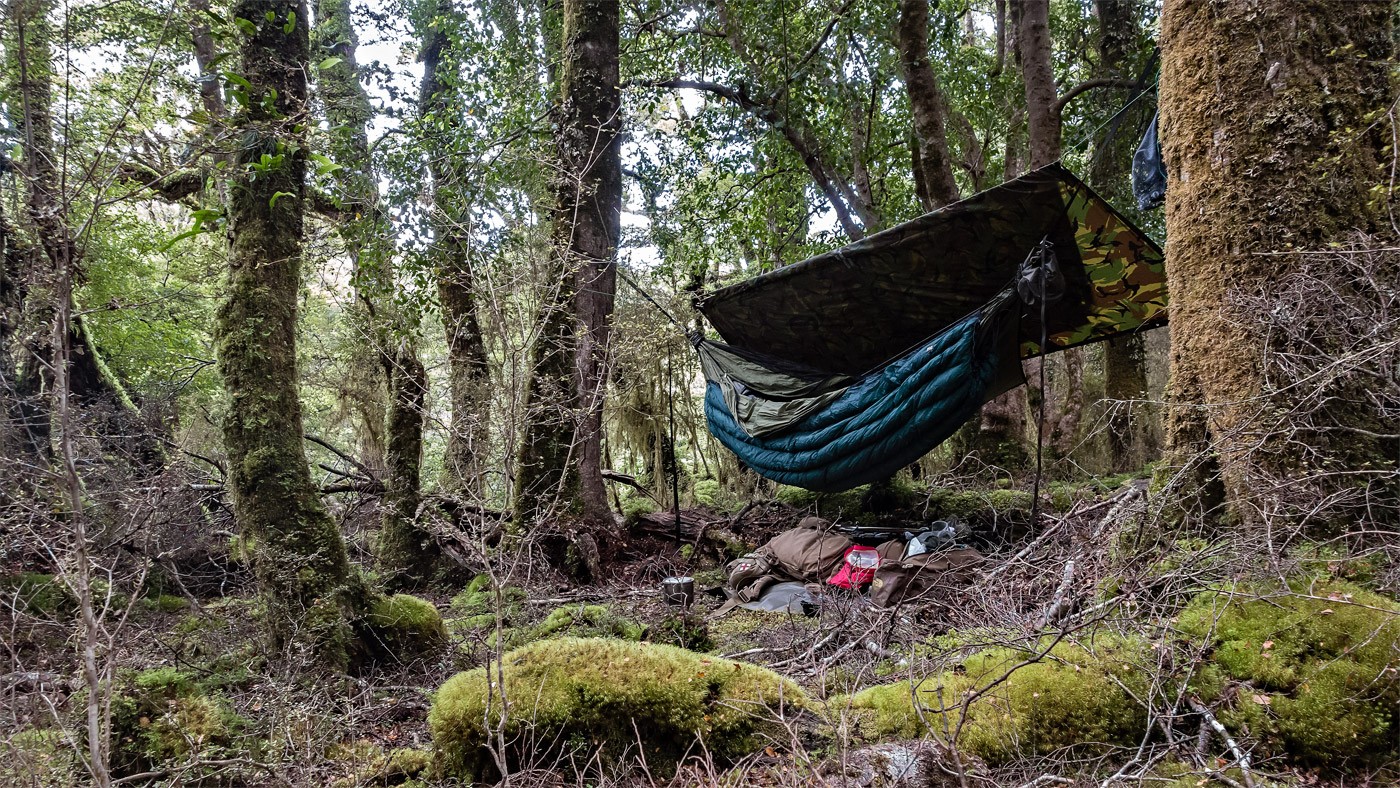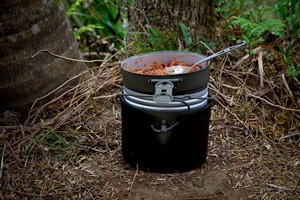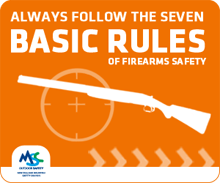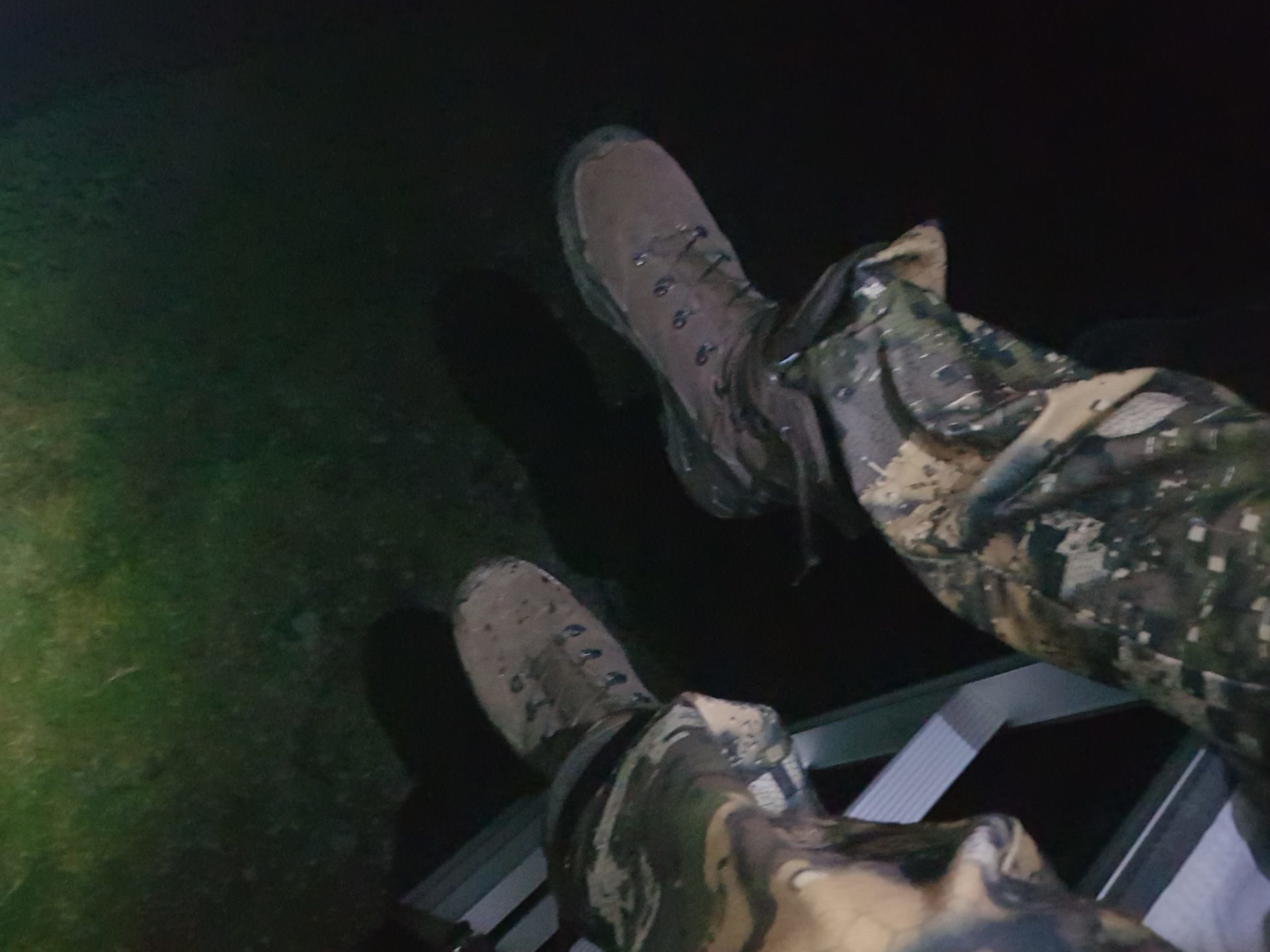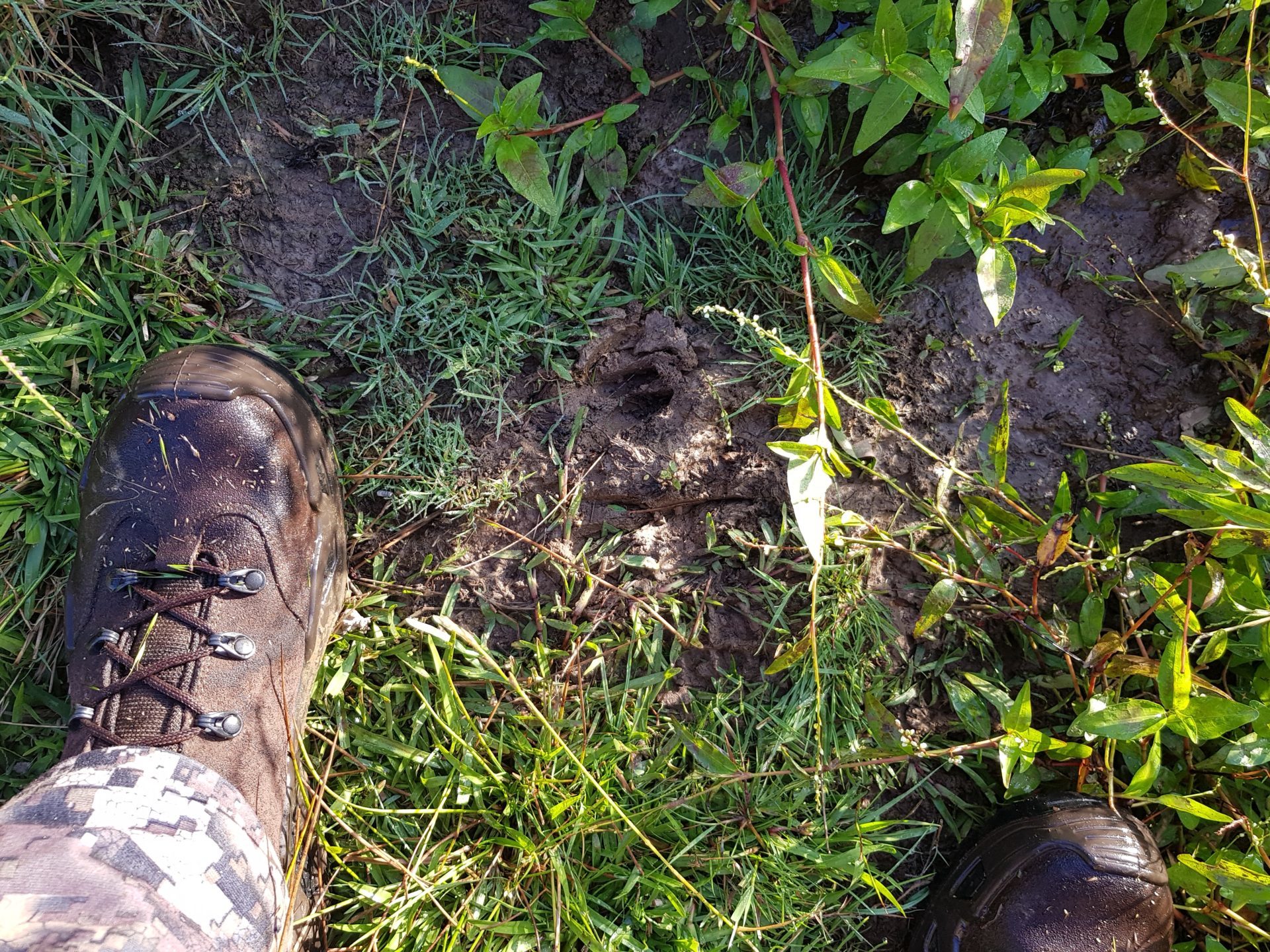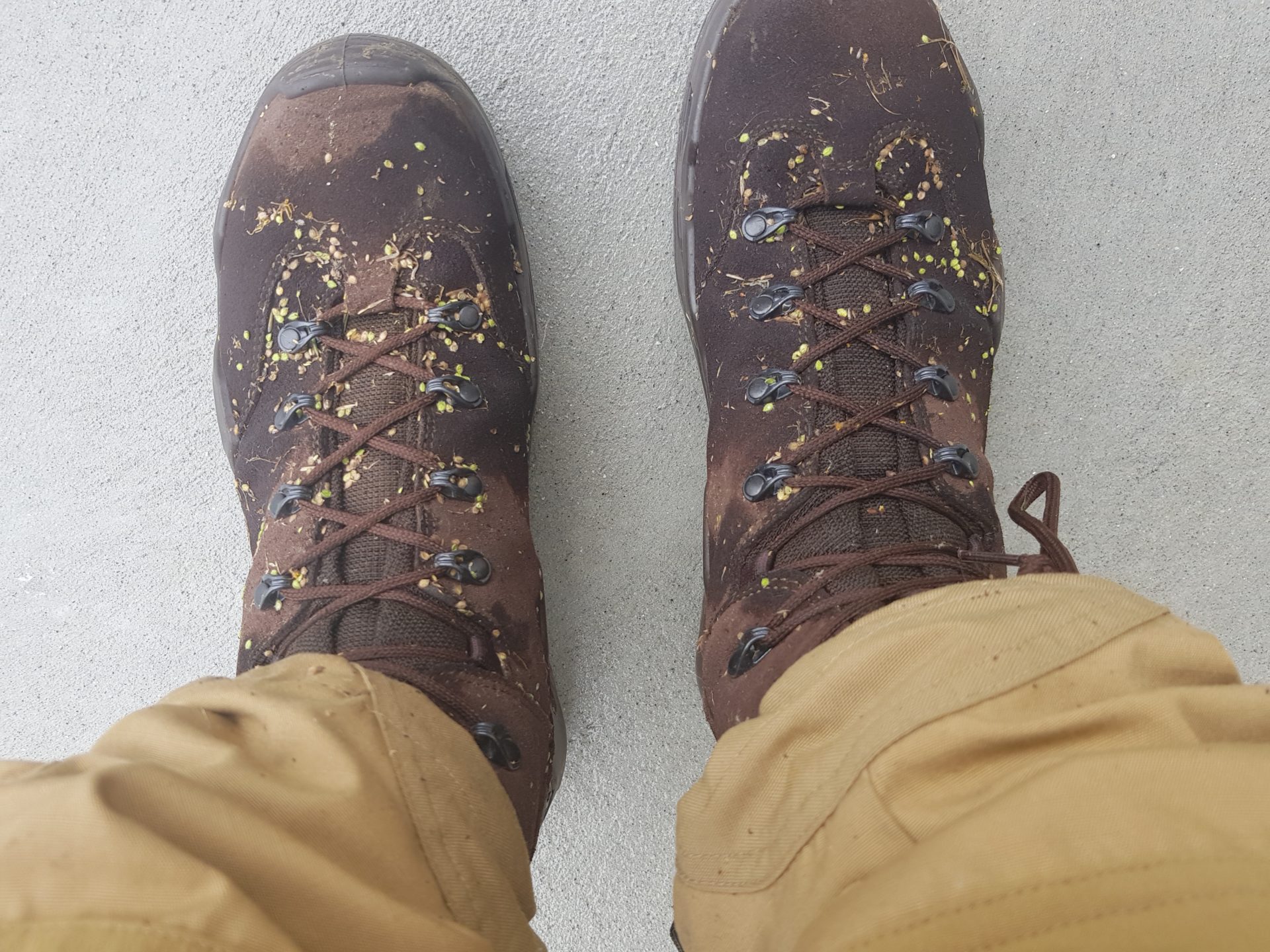What is Buck Fever?
You have been sneaking through a bush trying to remain silent as possible and become hyper aware of any sound, any movement in your immediate surroundings. You are looking for a sign, any sign that your prey is close. A crack of a branch! Your vision zooms in on where your ears believe the sound came from. You can hear your heartbeat thumping like a drum, it’s getting harder to keep your breathing at a normal rate. Movement! You are sure you saw something over there in the bush! Was it an animal? You freeze. Probably holding your breath. A thousand and one thoughts start screaming through your head. Was it an animal? A deer? Doe or Stag? How big is it? Does it know I am here? Is my gun loaded? Do I have the safety on? What is my scope zoom set too? What a story this is going to make. I hope it’s a decent size. Did it hear me? Where is it? Buck Fever.
Your body, which is doing what our bodies were designed to do since the days of our ancestors, is going to take all this as a trigger to get ready for action. The fight or flight mode. In essence – it’s going to pump the system full of adrenaline – which, while fun, may not be the best thing to happen just when you are going to need to perform some very important decision processes and follow that with some fine motor skills.
How can Buck Fever affect the critical moment?
Having adrenaline surging through your system can be fun. You can get a heightened sense of awareness and a burst of energy, but it is also potentially going to make you form snap decisions, and in many cases, it is physically going to give you the shakes. Not so good when you are holding a loaded rifle, and potentially about to aim and shoot at a target.
I say target because the first thing we really need to do is positively identify what it is we are shooting at. This is probably the most important aspect we need to be aware of. Of the incidents where a hunter has shot another human being, a lot of those involved will cite Buck Fever as a factor that influenced their decision. Many will swear, black and blue, that what they saw, was a deer – not a person. This, I believe is one of the most important reasons we need to be aware of, and control, Buck Fever.
While we should all be considering wearing Blaze Camo when out in the bush, ultimately, it’s the person with their finger on the trigger that needs to take responsibility for ensuring that the target isn’t another hunter – or for that matter, anything that shouldn’t be shot at.
By the time people are in the bush, they are already amped up and ready to shoot that deer. They are looking for the deer – looking for any sign that they can go home with either some meat or a trophy. Any sound, any movement could be that next story to tell the mates. People need to be aware of this state of mind. When it gets to this point, I feel people need to stop for a moment and reframe the question regarding target identification. The first thought that springs into your head shouldn’t be, ‘is this a trophy?’, it should be – ‘is this a human?’. This becomes harder with adrenaline coursing through your system.
Secondly, a clean, humane kill requires precision – we are aiming for either the vital organs or the front shoulders of the animal. This is known as the ‘boiler works’ – and differs in size from animal to animal. Find out how large this is. Set up an appropriately sized target at the range. See if you can consistently put rounds into it. Now, run on the spot for five minutes, do 10 pushups, 20 sit ups and see if you can still remain that accurate. Imagine you have been climbing up a ridge line, carrying all your gear when this shot presents itself. Now add in the adrenaline and the shot suddenly becomes that much harder!
How can we reduce Buck Fever?
Slow Down
Start by slowing things down.
The reality is, despite what your brain may be telling you – you probably don’t need to rush as quick as you can to shoot that animal. If it doesn’t already know you are there – then any sudden movement is going to spook it and cause it to rush – suddenly you will have a moving target or no target at all.
If you spot a likely target, take a moment, a slow breath. Is it really potentially a person? Is it an animal I want to shoot. Note the order of that questioning – it’s important. Take another slow breath – mental check – what am I going to do next?
Hopefully, at this point, muscle memory will kick in a bit – that is – all the practise and dry firing you have done in preparation for this moment will come into play.
Confirm the Target
Again. No questions here. If in doubt. You stop.
Think it Through
How are you standing? Is it suitable? Are you able to get into a more supported situation easily, without alerting the animal?
What is the status of your rifle? Close the bolt, slide the safety while smoothly bringing the sights up to your eye.
Get your sight picture, wait for the natural swaying to settle at your natural point of aim. Fixate. Aim at the animal, aim at a fold in its skin, aim a single hair on its body. Need to adjust? Move the body, don’t force the sight around with muscle tension. At this point, if you find you are focusing on the animal, or even worse – the trophy – the antlers, then you are heading towards a bad case of buck fever. Focus.
Breathe
Slow breath in, slow breath out, don’t just sit/stand there and hold your breath. Breathe.
In a normal situation you wouldn’t hold or modulate your breath – so breathe normally. When you are comfortable, wait until you come into the ‘bottom’ of your natural respiratory cycle, in that pause between breathing out and breathing in again (there is one) – start to press the trigger smoothly to the rear.
Work it Through
Take it one step at a time. Keep your head in the game and concentrate on exactly what you are doing. Concentrate on being quiet, then move your concentration to getting a good rest or shooting position. Finally, concentrate on squeezing off the shot and stay fixated on your aiming spot. If you focus on aiming while wondering if the safety is off, you’ll divert your mind back to the safety to check on it, and then back to the aiming phase, and over and over again. This causes confusion – which can lead to mistakes. Go through the steps. If you don’t know the steps, you need to practise them more.
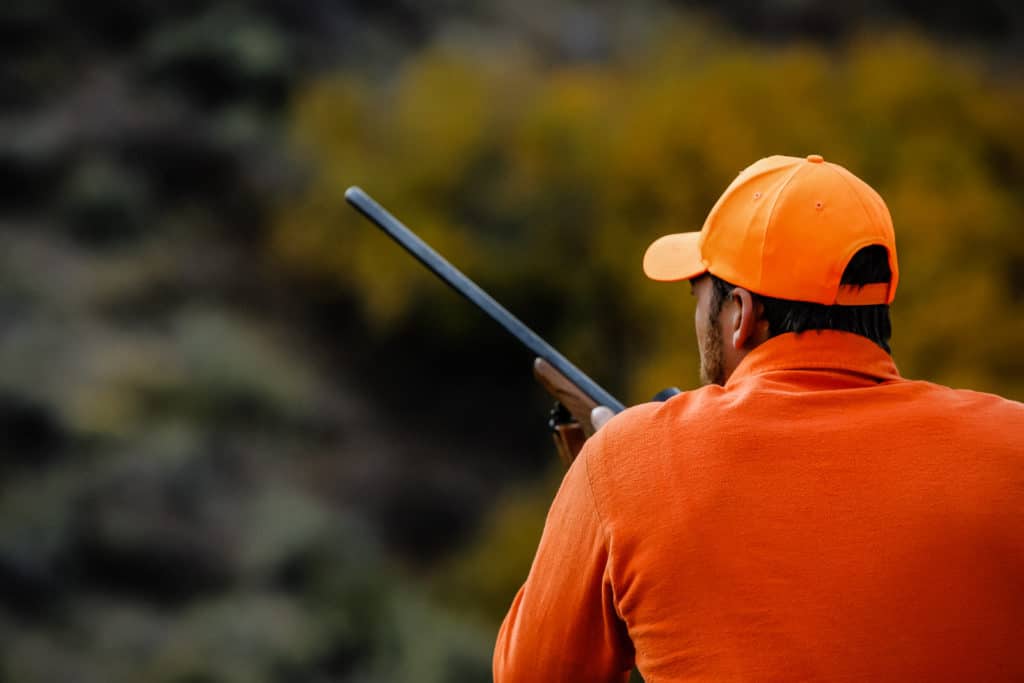
Practice, realistically.
I would like to think, before you head out to shoot at a living creature, you are already fairly confident that you can hit an appropriately sized target, and do that in a consistent manner. If you only pick up the gun once per year, just before the roar, you are a danger to yourself, your mates and the poor animal you are potentially about to wound, rather than kill humanely. Besides being genuinely fun, spending some time at a range removes the ‘excitement’ of shooting the gun. You can practise going through the routine of shooting, getting comfortable with the equipment, and knowing that when you do press that trigger – the bullet is going to go where you want it to. Fewer things to worry about = less Buck Fever when that animal is standing in front of you.
Go to the range with a purpose. Anyone can just turn up, shoot at a target, look at that target, then walk away. Have a plan. I would go so far as to suggest that you write down the drills you would like to practise. Start with dry fire, make sure your positions are sound, shoot some groups, evaluate, repeat.
Don’t just shoot everything in prone – once you have your rifle zeroed in, you need to practise shooting how you will be shooting in the hunt. That likely means either offhand or potentially kneeling. Unless you know you are going to have the distance to set-up a tripod and lie down behind it each time, you shouldn’t be practising that way. This isn’t target shooting we are talking about.
Remember, when you are out on that range, it helps to also imagine that you really are shooting at an animal. In your mind’s eye, that bullseye should be the critical hit area on your chosen game. Consider deer/animal shaped targets – shooting a living animal is going to be very different to shooting a paper target – start getting your head into the right frame of mind. This might sound goofy – but I have heard of people even practising shooting at their TV – put on a hunting program, line up those animals, and go through the process. As always, safety first.
Go all Zen on it. Imagine coming across that massive trophy animal in the wild. What is the process you are going to go through, take it one step at a time? Visualise getting in position, bringing up the rifle (you closed the bolt and checked the safety, didn’t you), sighting the animal, breathing, shooting.
Plan Ahead
Go into a hunt assuming you are going to be successful. It puts you in a much better state of mind. Plan for success. Make sure those knives are sharp, you have enough storage in the deep freeze for all the meat you are bringing back – even plan the first meal. By taking these steps you are preparing your mind and subconscious to expect that animal – no surprises. If you don’t take those steps you are subconsciously telling yourself that you don’t actually think the hunt will pay off. It’s a self-fulfilling prophecy; you think the hunt is doomed so it is. You are setting yourself up for failure. If you really don’t believe you will have a chance for a nice animal, then your nervous system will be so shocked when one shows up that it may just shut down.
Get out into the bush more – you don’t always have to have your gun on you – sometimes just get out there and enjoy walking in the bush. Pretend. Imagine. Walk slow, looking for animals, for sign. Practice stealth and observation. All these things make you more comfortable in the situation, make you used to the slightly heightened sense of being you will be in anyhow.

Back off on the caffeine.
Many of us (definitely myself) require a coffee to get the heart going in the morning. Just don’t make yourself hyperactive on the stuff – you are going to have enough stimulants from adrenaline anyhow. Remember, it’s not just coffee – any drinks with caffeine are going to make you more on edge. You don’t need Buck Fever on top of the jitters.
Focus Focus Focus
Remember, when that Buck Fever starts to creep in you will need to slow down and remind yourself what to do. Set yourself up correctly by practising things beforehand that are going to help you remember what to do, or what not to do in the heat of the moment. If you need to – make a step by step list and stick it on your stock. Keep breathing.
Buck Fever is controllable – it’s simply your brain forgetting what to do in the excitement and going on autopilot. Autopilot is something that you don’t want to be on, in the bush, with a firearm. Focus. Breathe. Relax.



